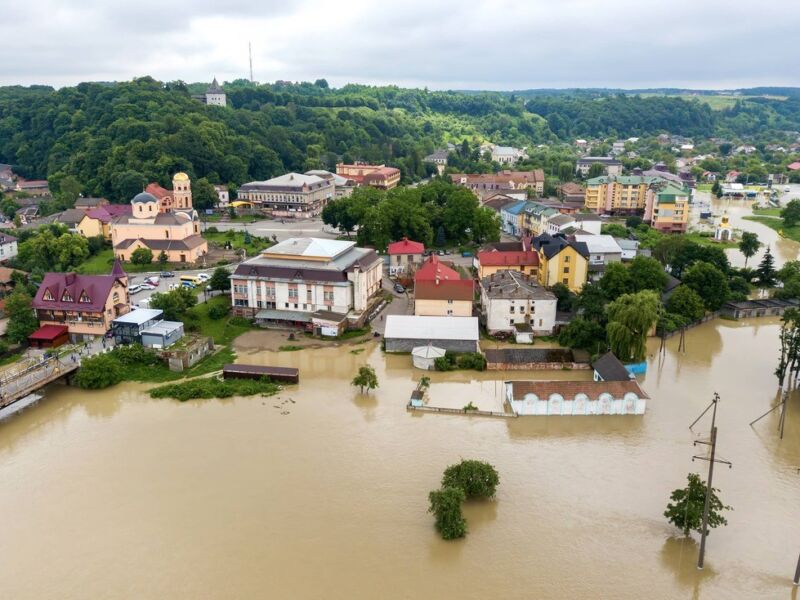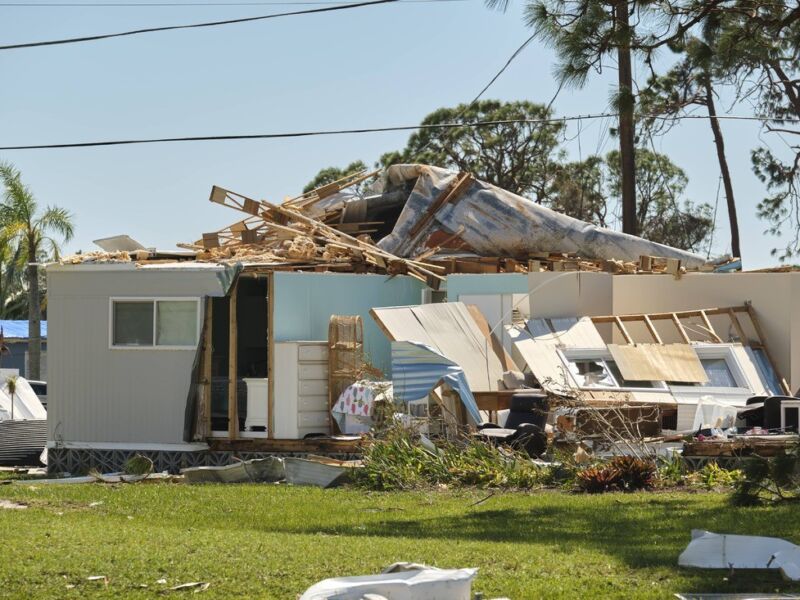
Introduction
Emergency response training is a critical component of disaster preparedness. It equips individuals and organizations with the knowledge, skills, and protocols necessary to respond effectively to emergencies and disasters. This comprehensive guide will explore the importance of emergency response training, its various aspects, and the key steps involved in developing and implementing effective training programs.
The Importance of Emergency Response Training

Emergency response training is crucial for several reasons. Firstly, it ensures that individuals are aware of the appropriate actions to take in different emergency situations. This knowledge can prevent panic and enable swift and effective responses, potentially minimizing injuries, damages, and loss of life.
Secondly, emergency response training enables organizations to establish standardized protocols and procedures. This consistency promotes effective communication, coordination, and collaboration during emergency situations, leading to more efficient and coordinated responses.
Additionally, emergency response training helps to build resilience within individuals and organizations. By simulating different emergency scenarios and providing hands-on training, individuals can develop the skills and confidence needed to handle high-stress situations. Organizations that invest in comprehensive training programs are better equipped to handle emergencies, protect their employees, and maintain business continuity.
Key Aspects of Emergency Response Training
Effective emergency response training encompasses a range of aspects, including:

1. Emergency Planning
Emergency planning involves the development of comprehensive strategies and protocols for handling emergencies. This includes identifying potential risks, establishing evacuation routes, creating communication plans, and conducting risk assessments. Emergency planning ensures that organizations are well-prepared and can respond effectively to a variety of emergency situations.
2. Emergency Procedures
Emergency procedures outline the step-by-step actions that individuals should take during specific emergency scenarios. These procedures are typically tailored to the type of emergency, such as fires, natural disasters, or medical emergencies. Training individuals on these procedures ensures that they understand their roles and responsibilities and can act quickly and appropriately in critical situations.
3. Emergency Drills
Emergency drills are simulated exercises that allow individuals and organizations to practice their emergency response plans and procedures. These drills help identify gaps in preparedness, provide opportunities for training and improvement, and familiarize individuals with their roles and responsibilities. Regular emergency drills ensure that individuals are well-prepared and can respond effectively in real-life emergencies.
4. Emergency Evacuation
Emergency evacuation is a critical aspect of emergency response training. It involves teaching individuals how to safely and efficiently evacuate a building or area during emergencies. This includes understanding evacuation routes, assembly points, and procedures for assisting individuals with disabilities or special needs. Proper evacuation training can save lives by ensuring a swift and orderly evacuation process.
5. Emergency Protocols
Emergency protocols are specific guidelines and procedures that outline the actions to be taken during an emergency. These protocols may include steps for activating emergency alarms, contacting emergency services, performing first aid, or securing the premises. Training individuals on these protocols ensures that they can respond quickly and effectively in stressful situations.
Developing and Implementing Effective Emergency Response Training Programs
Developing and implementing effective emergency response training programs involves several key steps:
1. Assessing Training Needs
The first step is to conduct a thorough assessment of the organization’s training needs. This includes identifying potential risks and hazards, evaluating the existing level of preparedness, and determining the specific training requirements for different roles and departments.
2. Designing Training Materials
Once the training needs have been identified, the next step is to design the training materials. This includes developing interactive presentations, instructional videos, practical exercises, and written guides. The training materials should be tailored to the specific needs of the organization and the individuals being trained.
3. Delivering Training
The training can be delivered through a combination of in-person sessions, online modules, and practical exercises. It is essential to ensure that the training is engaging, interactive, and provides opportunities for hands-on practice. Incorporating real-life scenarios and case studies can enhance the effectiveness of the training.
4. Evaluating Training Effectiveness
After the training has been delivered, it is essential to evaluate its effectiveness. This can be done through knowledge assessments, practical simulations, and feedback surveys. The evaluation process helps identify areas for improvement and ensures that the training is meeting its objectives.
5. Ongoing Training and Refresher Courses
Emergency response training should not be a one-time event. It is important to schedule ongoing training and refresher courses to reinforce knowledge and skills. Regular training sessions help ensure that individuals remain prepared and up to date with the latest protocols and procedures.
Conclusion
Emergency response training plays a vital role in preparing individuals and organizations to effectively respond to emergencies and disasters. By providing individuals with the necessary knowledge, skills, and protocols, emergency response training ensures that individuals can respond swiftly, calmly, and effectively in high-stress situations. Investing in comprehensive emergency response training programs promotes safety, resilience, and business continuity.



